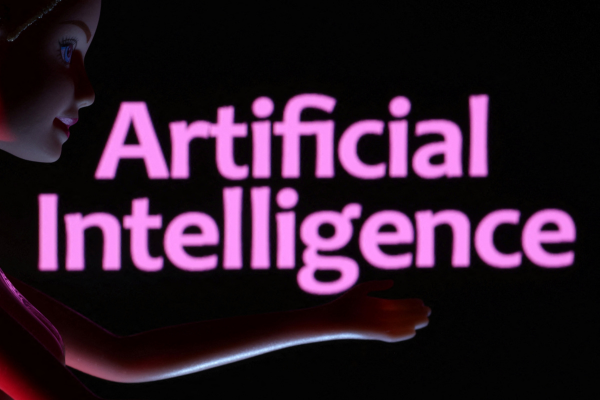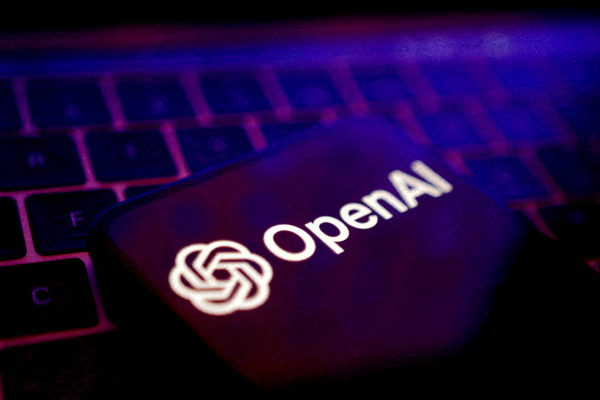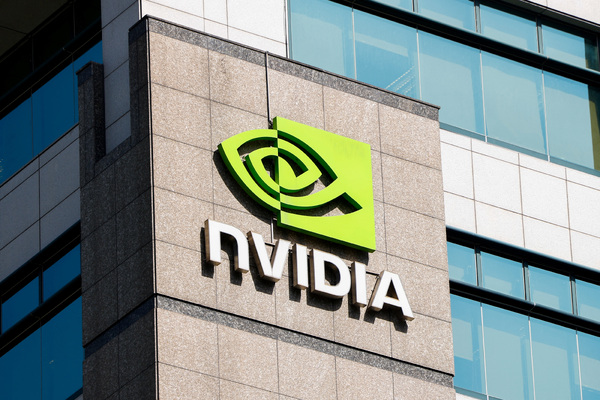Managing supply chain volatility with AI

Simon Bowes at Blue Yonder asks whether AI and automation can unlock a much-needed supply chain revolution
Today’s supply chain is volatile. The ongoing Red Sea crisis, changing inflation, geopolitical instability and the rapid evolution of technology have contributed to the uncertain product demand and planning that businesses are currently experiencing. These issues have forced manufacturers to re-evaluate their sourcing strategies and enhance resilience.
The complexity of extended supply chain networks is increasing the need for better visibility and responsiveness. The integration of Industry 4.0 concepts such as automation and artificial intelligence (AI) offers significant opportunities for manufacturers to create more agile and responsive supply chain planning operations.
Notably, the increased adoption of automated scenario planning, predictive AI and generative AI has ushered in a new era of precision, adaptability and strategic foresight.
Supercharging scenario planning
Planners have traditionally navigated uncertainties by relying on historical data and instinct. However, the complexity of today’s global supply chains demands a more sophisticated approach. Therefore, today’s planners are increasingly using automated scenario planning to simulate countless potential futures and assess the impact of each scenario on supply chain dynamics.
As manufacturers deal with sudden spikes in demand, supply chain disruptions or geopolitical shifts, automated scenario planning provides them with a proactive framework for decision-making. This level of preparedness not only minimises the impact of disruptions but also positions manufacturers to capitalise on emerging opportunities.
Using AI for proactive demand planning
Predictive AI and analytics have long been used in industries, such as retail for demand planning, but these technologies are now being extended to the manufacturing industry to predict demand and supply chain disruptions.
Unlike traditional forecasting, predictive AI leverages advanced algorithms to analyse vast data sets, identify patterns, understand external factors and foresee future demand trends with remarkable accuracy. The algorithms continuously learn and evolve, enhancing their predictive capabilities with each new piece of information. With Predictive AI, planners are equipped with the most up-to-date and accurate forecasts and can observe what’s happening daily and respond faster.
Planners can rely on the foresight provided by predictive AI to make agile decisions in different areas including production schedules, resource allocation and distribution channel optimisation. For example, by anticipating demand fluctuations, predictive AI helps organisations to optimise inventory levels, preventing overstock or stockouts. This not only reduces carrying costs but also enhances customer satisfaction by ensuring timely product availability.
Enhancing performance and productivity
While predictive AI anticipates and refines, generative AI takes planning to the next level by actively contributing to the creative process. Generative AI can reveal context-aware, data-driven insights and explore innovative solutions to the most complex challenges.
By analysing vast data sets, interpreting connections and understanding the intricacies of the manufacturing landscape, generative AI offers an opportunity for users to ask questions and receive insights without the need for a predefined report. It allows users to submit a query that the software understands and presents an answer without the hassle of wrangling data, toggling between multiple software applications, or relying on a technical team to create the framework or view.
The converging advancements in data availability, computational power and algorithmic innovation present an optimal stage for businesses to adopt AI today. Modern, global supply chains are well suited for generative AI, with a growing number of use cases being discovered, such as assisted decision-making and automating repetitive workflows.
Addressing future supply chain disruption
Supply chain disruptions are part of day-to-day life and it’s important to consider them in the context of overall supply chain management. Using AI technologies, can enable manufacturers to thrive as global fluctuations are caught more rapidly than using traditional methods, allowing them to course-correct much faster.
The integration of automated scenario planning, predictive AI and generative AI shifts the day-to-day lives of planners from a series of reactive responses into an orchestrated performance of proactive decision-making and continuous innovation.
Simon Bowes is CVP Manufacturing Industry Strategy, EMEA at Blue Yonder
Main image courtesy of iStockPhoto.com

Business Reporter Team
Most Viewed
Winston House, 3rd Floor, Units 306-309, 2-4 Dollis Park, London, N3 1HF
23-29 Hendon Lane, London, N3 1RT
020 8349 4363
© 2025, Lyonsdown Limited. Business Reporter® is a registered trademark of Lyonsdown Ltd. VAT registration number: 830519543





